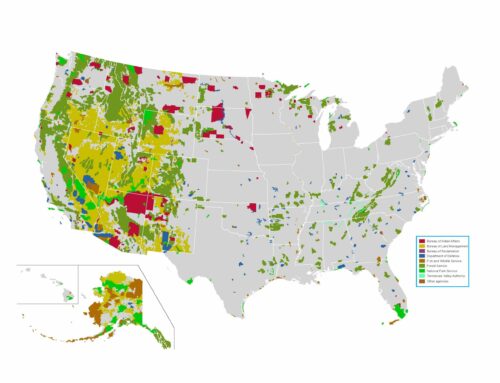by Greg Walcher, E&E Legal Senior Policy Fellow
As appearing in the Daily Sentinel
When the Continental Congress designated the bald eagle for America’s official seal, they were drawing on centuries of the bird’s symbolism, especially in Christian cultures. Although eagles were seen as symbols of strength and power earlier, even in ancient Rome, its adoption by early Christian churches made it emblematic of a perfect leader, its keen eyesight likened to the divine all-seeing power. That’s why Renaissance art often depicts eagles with halos, and why their continuation as America’s mascot must now be politically incorrect.
Anyway, we can’t really say “bald” anymore, lest we offend someone. People who lose their hair suffer from alopecia, not baldness. And the word “eagle” itself was derived from the Latin word “aquila,” the feminine form of “aquilus,” which meant “dark-colored.” How insensitive can a bird’s name be?
An Internet search on Bing reveals the origin of the name “bald eagle” in the 17th century. After explaining that word “bald” meant something different back then, the article exclaims, “So the bald eagle is not actually bald!” Or alopecic, to be fair.
If you wonder where birds get their names, you may be surprised to know it’s one of the few things no government decides. Since the 1880s, a purely private organization with no actual legal power, the American Ornithological Society, has claimed the authority to establish standardized English bird names throughout North and South America. In fact, the organization was just created in 2016 by the merger of the American Ornithologists’ Union and the Cooper Ornithological Society, both founded in the 19th century by bird collectors. The membership today includes many ornithologists but is open to anyone paying the $90 annual dues, as about 2,800 people do.






